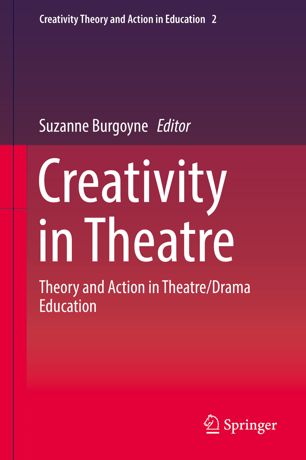

Most ebook files are in PDF format, so you can easily read them using various software such as Foxit Reader or directly on the Google Chrome browser.
Some ebook files are released by publishers in other formats such as .awz, .mobi, .epub, .fb2, etc. You may need to install specific software to read these formats on mobile/PC, such as Calibre.
Please read the tutorial at this link: https://ebookbell.com/faq
We offer FREE conversion to the popular formats you request; however, this may take some time. Therefore, right after payment, please email us, and we will try to provide the service as quickly as possible.
For some exceptional file formats or broken links (if any), please refrain from opening any disputes. Instead, email us first, and we will try to assist within a maximum of 6 hours.
EbookBell Team

4.7
46 reviewsPeople who don’t know theatre may think the only creative artist in the field is the playwright--with actors, directors, and designers mere “interpreters” of the dramatist’s vision. Historically, however, creative mastery and power have passed through different hands. Sometimes, the playwright did the staging. In other periods, leading actors demanded plays be changed to fatten their roles. The late 19th and 20th centuries saw “the rise of the director,” in which director and playwright struggled for creative dominance. But no matter where the balance of power rested, good theatre artists of all kinds have created powerful experiences for their audience.
The purpose of this volume is to bridge the interdisciplinary abyss between the study of creativity in theatre/drama and in other fields. Sharing theories, research findings, and pedagogical practices, the authors and I hope to stimulate discussion among creativity and theatre scholar/teachers, as well as multidisciplinary research.
Theatre educators know from experience that performance classes enhance student creativity. This volume is the first to bring together perspectives from multiple disciplines on how drama pedagogy facilitates learning creativity. Drawing on current findings in cognitive science, as well as drama teachers’ lived experience, the contributors analyze how acting techniques train the imagination, allow students to explore alternate identities, and discover the confidence to take risks. The goal is to stimulate further multidisciplinary investigation of theatre education and creativity, with the intention of benefitting both fields.